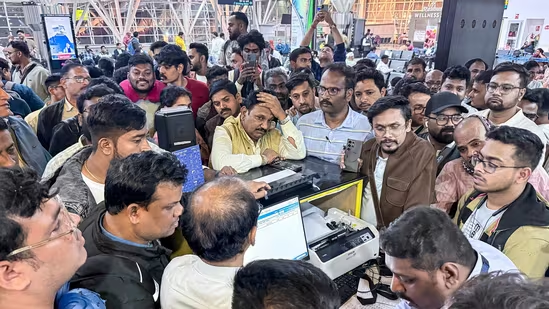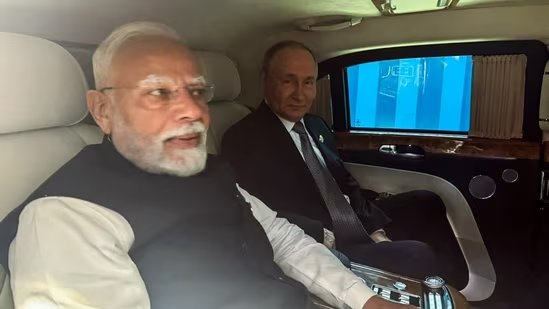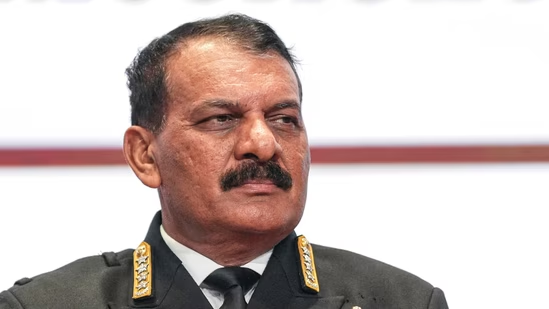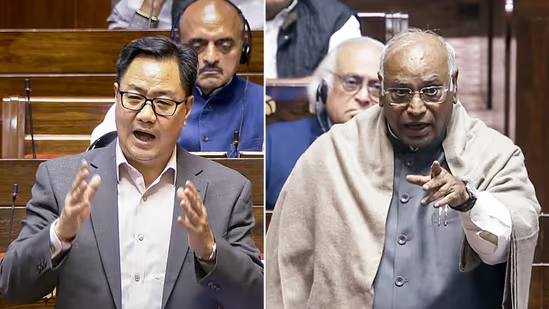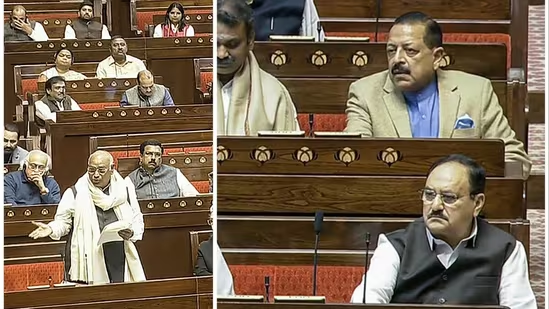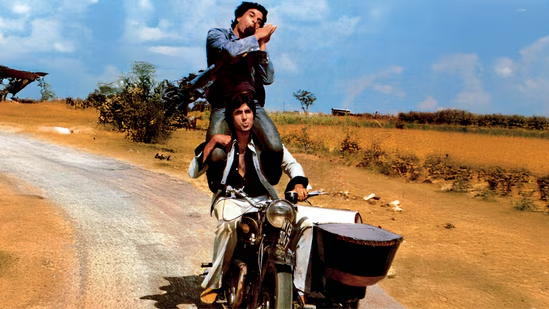The conclusion of the Olympics has once again highlighted a familiar narrative in India: a nation of 1.4 billion people, home to the world’s largest youth population, secured only six medals. While this outcome has sparked renewed calls for reform in the sports establishment and for involving experts who truly understand sports, there is a deeper issue that requires attention—the widespread parental attitude towards play. Often dismissive and rooted in tradition, this mindset overlooks a critical factor: as the global economy advances toward AI-driven automation, the demand for individuals capable of exploring their full human potential through complex learning and adaptation—skills nurtured on playgrounds—will only increase.
The Olympics: A Celebration of Human Potential
The essence of the Olympics extends beyond mere competition; it is about pushing the boundaries of human achievement. The Olympic motto, Citius, Altus, Fortius – Communiter, meaning “Faster, Higher, Stronger – Together,” embodies this spirit. Since their inception in 776 BC, the Olympics have served as a platform for celebrating the frontiers of human spirit and potential.
Elite athletes, though often born with physical attributes favorable for sports, invest countless hours in training to reach peak performance. This process involves honing every muscle fiber and mastering the mind-body connection. Consider Usain Bolt, the legendary sprinter with a resting heart rate of approximately 33 beats per minute (BPM), or Michael Phelps, the swimmer with 23 Olympic gold medals and a resting heart rate of around 38 BPM. To put this in perspective, a typical resting heart rate for most people is about 60 BPM. Both athletes began their rigorous training at the age of seven, aiming to reach a state of higher consciousness, often referred to as “the flow.”
This concept of “flow” was introduced by the renowned psychologist Mihaly Csikszentmihalyi in the 1970s. He described it as a state where action and consciousness merge, allowing individuals to perform at their best. This state is not exclusive to sports; it is relevant in all areas of life where human potential is at play.
The Role of Games in Developing Human Intelligence
Games are fundamental to the development of complex human intelligence, particularly in young children. The unstructured and playful nature of games allows children to explore their innate intelligence, providing unique learning opportunities for the brain. Hilary Takeuchi, a prominent learning researcher, conducted fMRI scans that revealed how creativity is linked to brain activation through joyful experiences in play. Other studies have shown that such experiences can enhance brain plasticity—the brain’s ability to adapt to new challenges—a crucial attribute in human development.
The human brain is a marvel of evolution, with an estimated 10-20 billion neurons in the cerebral cortex and 55-70 billion neurons in the cerebellum, far surpassing the neural complexity of reptiles. During childhood, neural pathways are shaped by activities that involve exploration, problem-solving, and language expression—all integral components of play. Recognizing the significance of play, the United Nations has formally acknowledged it as a fundamental right for all children under Article 31.
The Impact of India’s Rigid Educational System
Despite the critical importance of play in nurturing human potential, India’s education system remains largely focused on rote learning and exam performance. For many Indian parents, their sense of self-worth is tied to their children’s academic achievements. Consequently, even at the age of seven or eight—an age when children should be exploring their potential through play—many are confined to tuition centers across the country.
The irony here is stark. Early advancements in artificial intelligence have been driven by insights gained from games like chess and strategy games such as Go. The documentary AlphaGo highlights how AI researchers have leveraged these games to push the boundaries of machine learning. At MIT’s “Improbably AI lab,” young researcher Pulkit Agrawal is pioneering the study of physical intelligence through robots capable of learning to navigate complex terrains independently. His lab’s agile robots, which learn to kick a football, are not only a fun sight but also a testament to the challenges AI faces in mastering seemingly simple human actions.
Similarly, Figure AI recently announced that their humanoid robots will soon be deployed on BMW’s assembly lines. Meanwhile, another startup, Skild AI, led by Deepak Pathak, has secured $300 million in funding to develop robots that can adapt to new environments. These developments underscore the importance of play and exploration in preparing for the future, both for AI and human intelligence.
The Need for Play in Preparing for the Future of Work
The Olympics serve as a reflection of a society’s progress in the quest for human potential. As we look toward the future, we must ask ourselves: Are we preparing our children’s brains for the challenges of the past or the opportunities of the future? The upcoming “Intelligence Economy,” predicted by PWC to generate $15.7 trillion in economic value by 2030, presents a tremendous opportunity for India. The future of work will be creative, dynamic, complex, and challenging, requiring individuals who can learn and adapt continuously—skills that are fostered through play.
The ability to achieve a state of “flow,” where one can fully harness their potential, will be crucial in this new economy. India is unique in having 300 million young minds with untapped potential and intelligence. However, without exposure to playgrounds and opportunities for creative exploration, can these young individuals truly realize their potential? This question is vital, as the future of our nation and perhaps even the future of humanity may depend on their ability to rise to the occasion.
The National Education Policy (NEP) 2020 represents a positive step forward, emphasizing the importance of holistic education. However, the anxiety induced by parental pressure, as depicted in the popular web series The Kota Factory, remains a significant challenge. The rise of AI tools like ChatGPT has shifted the focus from merely knowing the answers to understanding the right questions to ask. It is ironic that we are stifling our young minds in factory-like educational settings when the actual factories of the future will be operated by robots learning through games.
A Call to Action: Let Our Children Play
As Rabindranath Tagore once suggested, it is time to free our children’s minds to explore both the world around them and the world within. By doing so, we may not only increase our chances of winning more Olympic medals but also position India to excel in the AI-driven future of work. The question is: Can we resolve to hit the play button for our kids instead of the pause button?
India stands at a crossroads, with a unique opportunity to leverage its vast youth population for future economic and social progress. To unlock this potential, we must shift our focus from rote learning and exam performance to fostering creativity, exploration, and play. By doing so, we can ensure that our children are not only prepared for the challenges of the future but are also equipped to shape that future







